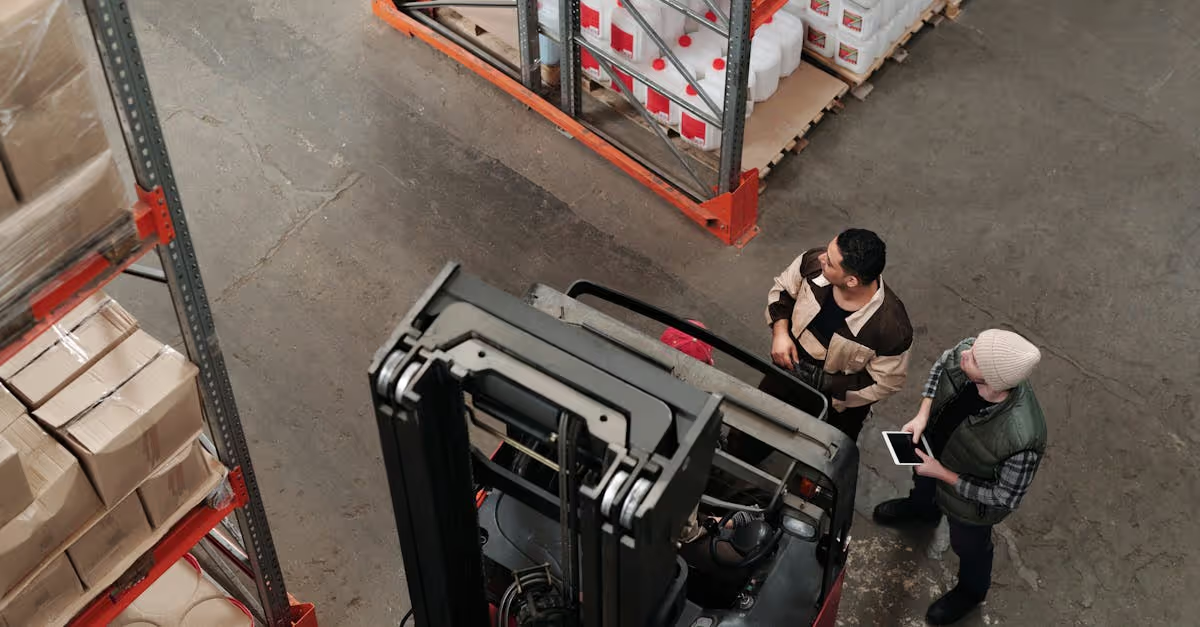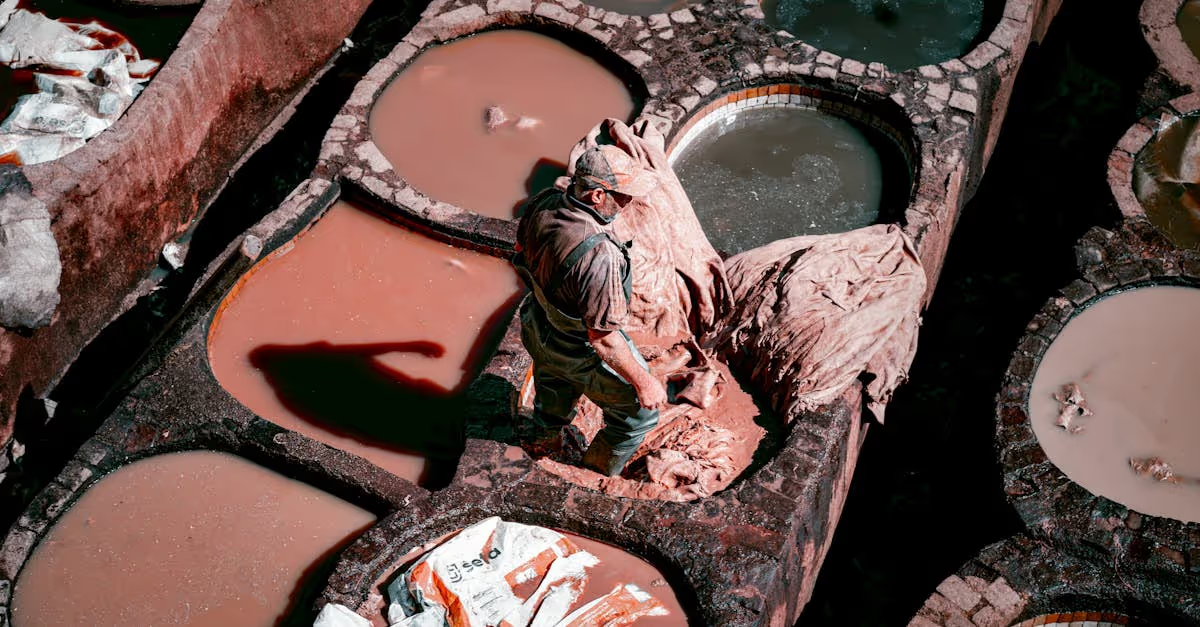Key Takeaways
- Optimal Calcium Levels: Maintain calcium hardness levels between 200 and 400 parts per million (ppm) to prevent corrosion and scale buildup in your pool.
- Regular Testing: Use a reliable pool water testing kit at least once a month to monitor calcium levels and ensure a balanced swimming environment.
- Adjusting Calcium Levels: Add calcium chloride to increase low levels and drain or dilute with fresh water to reduce high levels of calcium hardness.
- Preventing Scale Formation: Utilize regular maintenance practices, such as cleaning filters and monitoring pH levels (ideal range: 7.4 to 7.6), to keep scale buildup at bay.
- Chemical Treatments: Consider using sequestering agents to bind excess calcium, keeping it in solution to avoid precipitating and forming scale on pool surfaces.
- Choose Corrosion-Resistant Materials: Use stainless steel or plastic components to enhance resistance to corrosion, protecting your pool's fixtures and equipment.
Maintaining the perfect pool isn’t just about keeping it clean and clear; it’s also about balancing the chemistry. Did you know that calcium hardness plays a crucial role in the overall health of your pool water? With ideal levels ranging from 200 to 400 parts per million, managing calcium hardness can prevent issues like scale buildup and corrosion, which can wreak havoc on your pool and equipment.
When calcium levels are too low, it can lead to corrosion of metal fixtures and surfaces, while high levels can cause unsightly scale deposits. In this article, we’ll explore effective strategies for managing calcium hardness, ensuring your pool remains inviting and enjoyable. Let’s dive into the essentials of maintaining balanced water chemistry for a long-lasting pool experience.
Overview of Calcium Hardness in Pool Water
Calcium hardness significantly affects pool water quality. Maintaining proper levels, between 200 to 400 parts per million (ppm), keeps our pools safe and enjoyable. Low calcium levels lead to corrosion of metal parts like ladders and heaters. On the other hand, excessive calcium creates scale buildup on pool surfaces and equipment, which is unsightly and potentially costly to remove.
Managing calcium hardness involves testing and balancing our pool water regularly. We can accomplish this by using a reliable pool water testing kit, available at most pool supply stores. If the calcium level dips below 200 ppm, we can raise it by adding calcium chloride, a common pool chemical. For elevated levels, draining and replenishing our pool with fresh water can help reduce hardness.
Preventing issues like scale formation and corrosion requires a proactive approach. Adding a sequestering agent helps keep excess calcium in solution, avoiding precipitation on surfaces. Additionally, keeping pH levels within the ideal range of 7.4 to 7.6 helps minimize these problems. High pH levels can exacerbate scaling, while low levels increase corrosion rates.
Regular maintenance plays a critical role in pool care. Cleaning the pool filter and skimming debris improve water circulation and quality. Poor circulation can lead to localized scale buildup and corrosion. We should also keep an eye on our pool's sanitizer levels, as chlorine typically works less effectively in improperly balanced water. These factors affect the integrity of our pool surfaces and equipment.
Sharing experiences in pool maintenance can generate helpful discussion. For example, if you've dealt with a tough scale issue, how did you tackle it? The challenge of managing calcium hardness helps to bond us as pool owners. Humor can lighten the load; let’s remember that a clean, crisp pool is worth the occasional tweak to our routine—even if it means taking our chances with a floatie that may just resemble a giant swan!
Importance of Calcium Hardness Levels
Calcium hardness levels play a crucial role in maintaining pool water quality. Keeping these levels between 200 and 400 parts per million (ppm) is essential for preventing corrosion and scale buildup.
Impact on Water Quality
Calcium hardness directly impacts water quality. Low calcium levels can lead to corrosion of metal components, while high levels cause sediment buildup on surfaces. Regular testing helps us monitor these levels. When we maintain proper calcium hardness, we create a healthier swimming environment. We help protect our filters, pumps, and other equipment from damage. Those metal fixtures we rely on? They stay safe and secure, working efficiently. It’s like keeping our cars in good shape for that summer road trip—regular maintenance makes all the difference!
Methods for Managing Calcium Hardness
Managing calcium hardness in our pool water involves a few essential steps. Regular monitoring and adjusting calcium levels helps maintain a balanced and enjoyable swimming experience.
Testing Calcium Levels
Testing calcium levels starts with using a reliable pool water testing kit. We recommend checking the calcium hardness at least once a month. The ideal range sits between 200 and 400 parts per million (ppm). If testing reveals low levels, we’re looking at potential corrosion risks for our pool's metal components. Conversely, high readings can lead to unsightly scale buildup.
When using test kits, we can opt for either liquid or test strips. Test strips provide quick results and ease of use, while liquid kits offer more precise readings. The choice depends on our pool maintenance preferences. Whatever option we choose, let's make testing a routine part of our pool care. After all, an ounce of prevention is worth a pound of cure.
Adjusting Calcium Levels
Adjusting calcium levels requires a little chemistry knowledge, but don’t worry, it’s manageable. We can raise calcium hardness by adding calcium chloride directly to the pool water. Typically, 1 pound of calcium chloride increases the hardness level of 10,000 gallons by about 10 ppm.
If calcium levels are too high, we consider diluting the pool water. This involves draining a portion of the pool and refilling it with fresh water. When refilling, we also check other chemical levels, such as pH and alkalinity, to avoid introducing further imbalances.
In addition to these methods, we can explore adding a sequestering agent. This product prevents calcium from precipitating and forming scale. Maintaining a proper pH level between 7.4 and 7.6 complements our efforts in managing calcium hardness. By staying consistent with these practices, we create a welcoming and safe swimming environment for everyone.
Strategies to Prevent Scale Buildup
We can take several effective steps to prevent scale buildup in our pools. Proper management of calcium hardness levels is key to maintaining water quality and protecting pool surfaces.
Regular Maintenance Practices
Regular maintenance keeps our pools sparkling and prevents scale from forming. We should clean filters at least once a month to remove debris that can contribute to cloudy water. Monitoring the pH level is crucial; it should stay between 7.4 and 7.6. If the pH drifts too high, it can lead to hardness issues and scaling. By practicing consistent water testing, we catch problems early. Adjusting calcium levels as needed can save us from dealing with bigger headaches down the line. Plus, who doesn’t love lounging by a clean pool?
Chemical Treatments
Chemical treatments help manage calcium hardness and prevent scale. Using calcium chloride raises hardness when levels drop too low. If we're facing high levels, diluting pool water is the best course of action. Adding a sequestering agent can also be beneficial. This agent binds with calcium and helps keep it in solution, reducing the chances of scale deposits. Think of it as tossing a lifeguard float in the pool to keep us safe from potential trouble. Regularly adding these chemicals ensures we enjoy a clearer, more inviting swimming experience.
By implementing these strategies, our pools can remain enjoyable and trouble-free. What tips have you found useful in keeping your pool water balanced?
Strategies to Prevent Corrosion
Corrosion in pool water can turn an inviting oasis into a costly headache. We can keep metal fixtures and surfaces intact by following specific strategies.
Selecting Appropriate Materials
Selecting the right materials for pool fixtures and accessories impacts corrosion levels significantly. Stainless steel, for instance, offers enhanced resistance compared to standard metals. Using plastic or polymer components can further reduce the risk of corrosion. For instance, consider using PVC fittings for plumbing; they'll hold up better than metal, especially in corrosive environments. When purchasing new equipment, look for materials labeled as corrosion-resistant, and remember, the upfront costs might save money in the long run by avoiding repairs and replacements.
Monitoring pH and Alkalinity
Monitoring pH and alkalinity plays a crucial role in preventing corrosion. We should keep pH levels between 7.4 and 7.6 and alkalinity between 80 and 120 ppm to create a balanced environment. Regular testing with strips or liquid kits can help us maintain these levels. If pH drifts too low, acidic water can corrode metal surfaces, while high pH levels can lead to scale buildup, which can also cause damage.
Conclusion
Maintaining the right calcium hardness in our pool water is essential for a safe and enjoyable swimming experience. By regularly testing and adjusting our calcium levels we can prevent both scale buildup and corrosion. Implementing proper maintenance practices not only protects our pool surfaces and equipment but also ensures crystal-clear water for everyone to enjoy.
Staying proactive with our testing and chemical adjustments will make a significant difference in the longevity of our pool. Let’s continue sharing our experiences and tips within our community to help each other overcome challenges in pool care. Together we can create a beautiful and inviting oasis right in our backyards.
Frequently Asked Questions
What is calcium hardness in pool water?
Calcium hardness refers to the amount of dissolved calcium in pool water, affecting water quality and clarity. Ideally, it should range between 200 and 400 parts per million (ppm) to maintain a healthy pool environment.
Why is maintaining proper calcium hardness important?
Proper calcium hardness prevents issues such as corrosion of metal fixtures from low calcium levels and scale buildup from high calcium levels. Balancing it is essential for protecting pool surfaces and equipment.
How can I test calcium hardness levels in my pool?
You can test calcium hardness using either liquid test kits for precise readings or test strips for quick results. Regular testing is recommended at least once a month to keep levels balanced.
How do I raise calcium hardness in my pool?
To raise calcium hardness, you can add calcium chloride to the water. This chemical increases calcium levels and helps restore balance when they are too low.
What should I do if calcium hardness is too high?
If calcium hardness is too high, you can dilute the pool water by partially draining it and replenishing it with fresh water. This can help restore proper balance.
How can I prevent scale buildup in my pool?
To prevent scale buildup, maintain calcium hardness levels, keep the pH between 7.4 and 7.6, and consider using a sequestering agent. Regular maintenance and cleaning of filters also help.
What impact does pH have on calcium hardness?
Maintaining a pH level between 7.4 and 7.6 is crucial, as low pH can lead to corrosion while high pH can cause scale buildup, affecting overall water quality and clarity.
How often should I clean my pool filters?
It is recommended to clean your pool filters at least once a month. Regular cleaning helps ensure efficient filtration and maintains water quality by removing debris and contaminants.
What materials are best for preventing corrosion in pools?
Using stainless steel and plastic components for pool fixtures can enhance resistance to corrosion. Selecting appropriate materials is key to minimizing repair costs and prolonging equipment life.
How can I foster community among pool owners?
Encouraging pool owners to share their experiences and challenges in managing calcium hardness builds a sense of community. This interaction can help users exchange tips and best practices for maintaining their pools.






